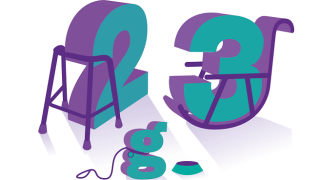The new network connects the multiple clouds businesses use for their applications and data with users, such as customers and employees, and will allow them to take advantage of the new wave of digital automation and AI.
The new network, know as Global Fabric, will run on a network as a service commercial and technical model.
This means it will be flexible, scalable and resilient both in the quality of connectivity and the convenience of pay-as-you-use.
“Organisations realise that the network is a critical foundation for their digital-first and cloud-centric strategies,” said Jan Hein Bakkers, senior research director at International Data Corporation (IDC), a market intelligence firm.
IDC research shows that organisations should adopt a secure and sustainable platform that provides the flexibility, manageability, scalability, and cost effectiveness that can support the right end-user experience for each application.
“Communications service providers that can deliver performant connectivity solutions with these attributes will be well placed to succeed,”
A key feature of the new network will be the users ability to choose the right type of connectivity for their applications and workloads and proactively manage the routes these take as they move across the network.
With this control, BT said its customers can achieve the best applications performance, manage costs and address growing regulatory requirements for data in transit.
“Global Fabric will future proof customers’ connectivity by providing flexibility to ensure they’re always connected so they can always be productive. They’re facing a new wave of digital revolution with AI, IoT and automation driving demand for simplicity and better multi-cloud connectivity,” said Bas Burger, CEO Business at BT.
“Customers can achieve better total costs, boost app performance and user experience, all while complying with regulations and mitigating cyber threats. Global Fabric means multi-cloud works better on BT,” Burger said.
“Global Fabric is a great example of how service providers should be innovating,” said Chris Sharp, CTO at Digital Realty, a data centre provider that is part of the network.
“By building a cloud-centric network and locating its PoPs inside our world-leading carrier neutral facilities (CNFs), BT will be able to offer its customers terrific speeds with low latency while helping them minimise their environmental impact,” Sharp said.
BT estimates that when fully rolled out, Global Fabric will use 79%less electricity than its current global networks.
Using the Greenhouse Gas Protocol ICT Sector Guidance by Gesi, BT has estimated global fabric will use consume 8,326 MWh/year versus its existing international networks at 39,890 MWh/year.
At a device level, BT estimates the average power consumption of Global Fabric will be 787 Watts per device, versus 2,201 Watts per device for its existing international networks.
The new network’s digital orchestration and e-commerce-like interface enable customers to “shop” for connectivity. It will be pre-integrated with more than 630 digital service providers and over 700 data centres.
This covers the world’s largest public cloud providers, private clouds, network, software-as-a-service (SaaS), and secure access service edge (SASE) solutions.






